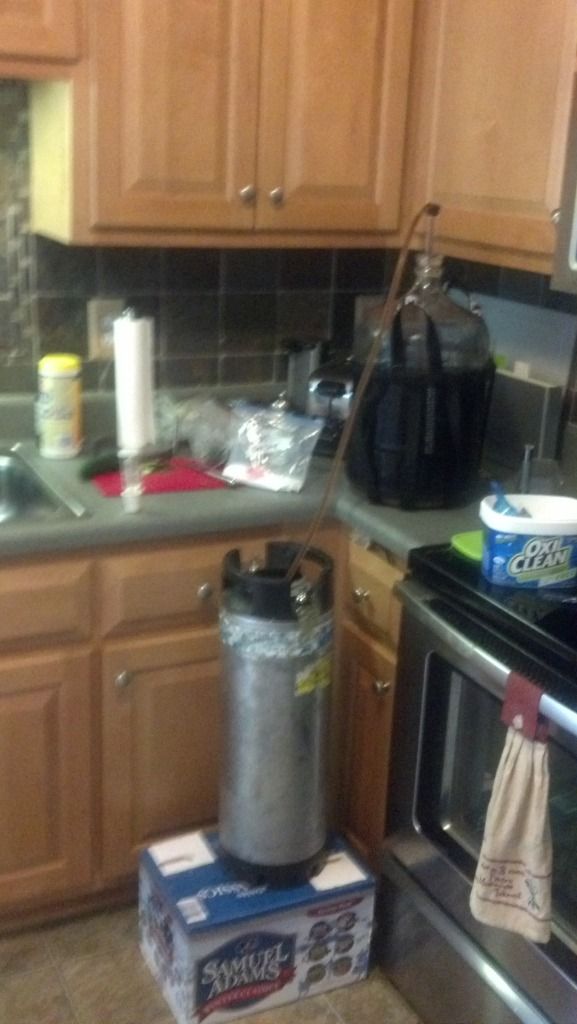 |
|
|
|
|
|
#1 | |
|
BeerHunter
|
Quote:
You should get some Keg lube and put some around all the o rings on the lid. It helps seal the smallest leaks.  I dont think you can lay CO2 on their side, but ask somone at AHS.
__________________
I Brew the Beer I Drink |
|
|
|

|
|
|
#2 |
|
Have My Own Room
|
Finally got my first beer in a keg. Pretty stoked about it! However, I'm still lagering it for a while so I can't really drink it yet. Any input on force carbing vs. cask conditioning?

__________________
"Learn to pay attention. Life is hard.....it's even more challenging when you're stupid." |
|
|

|
|
|
#3 | |
|
Have My Own Room

|
Quote:
I have friends that force carb all at once by putting a bunch of pressure (20psi'ish) on the keg and shaking it. That is a faster method than putting the keg at serving pressure and giving it a few weeks to reach equilibrium and carb up. Either works. I run the slow method as I typically have my little kegerator full and plenty of time till my next keg is needed. Either way if you are leaving the gas on check for leaks periodically 
|
|
|
|

|
|
|
#4 | |
|
Have My Own Room
|
Quote:
__________________
"Learn to pay attention. Life is hard.....it's even more challenging when you're stupid." |
|
|
|

|